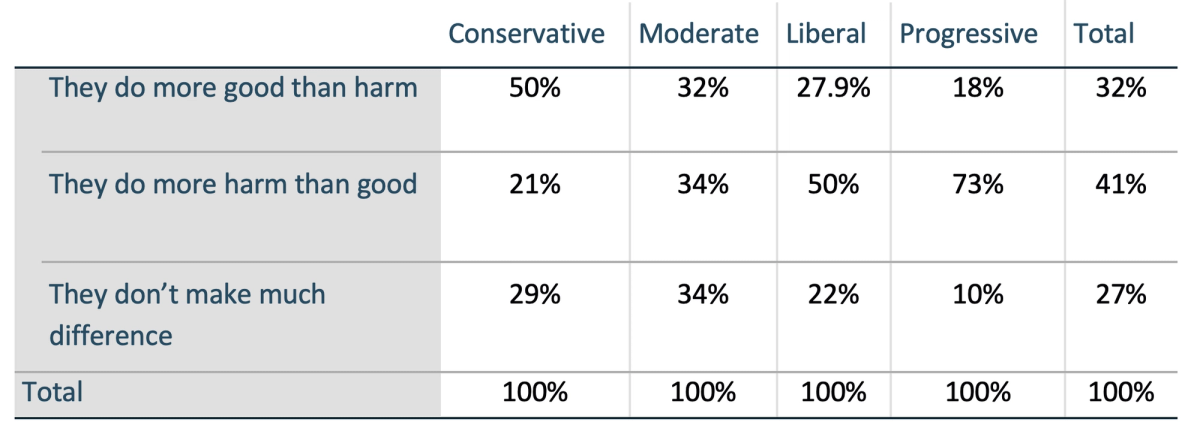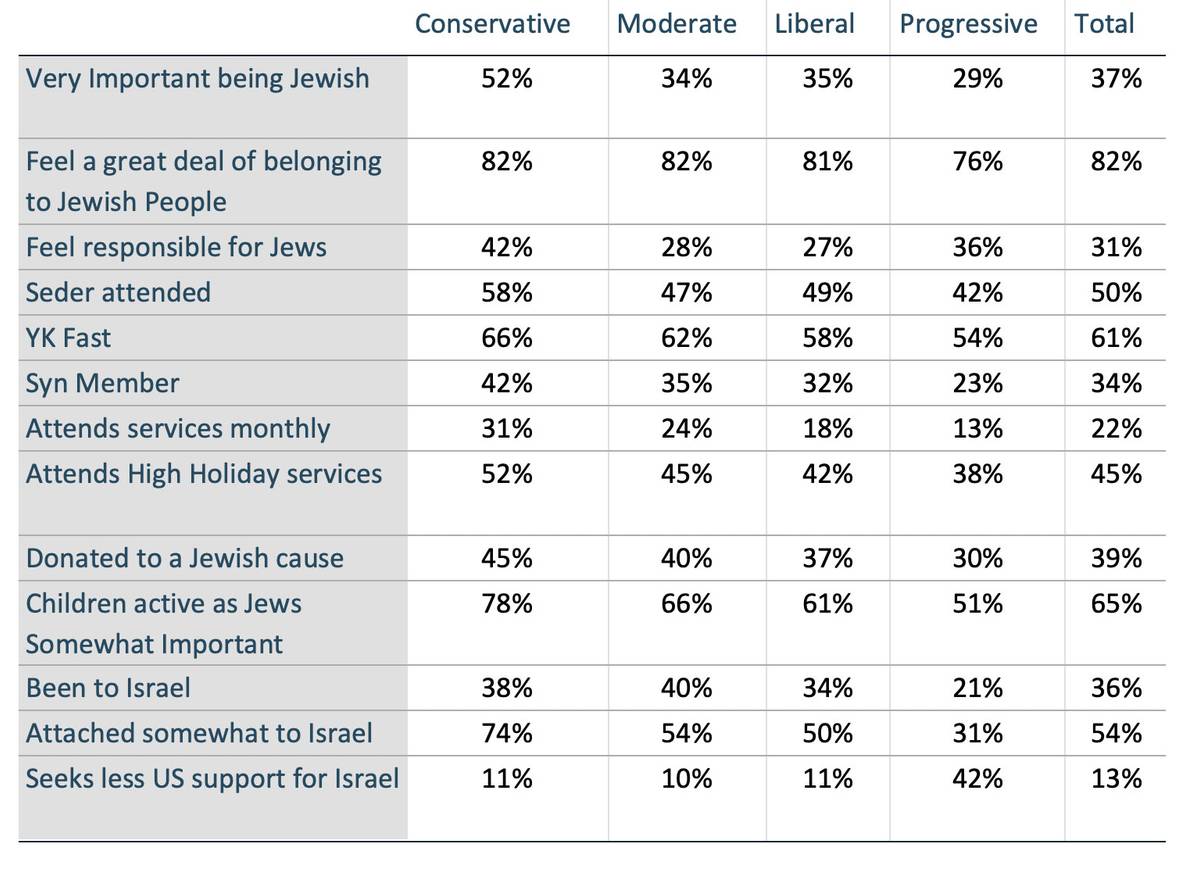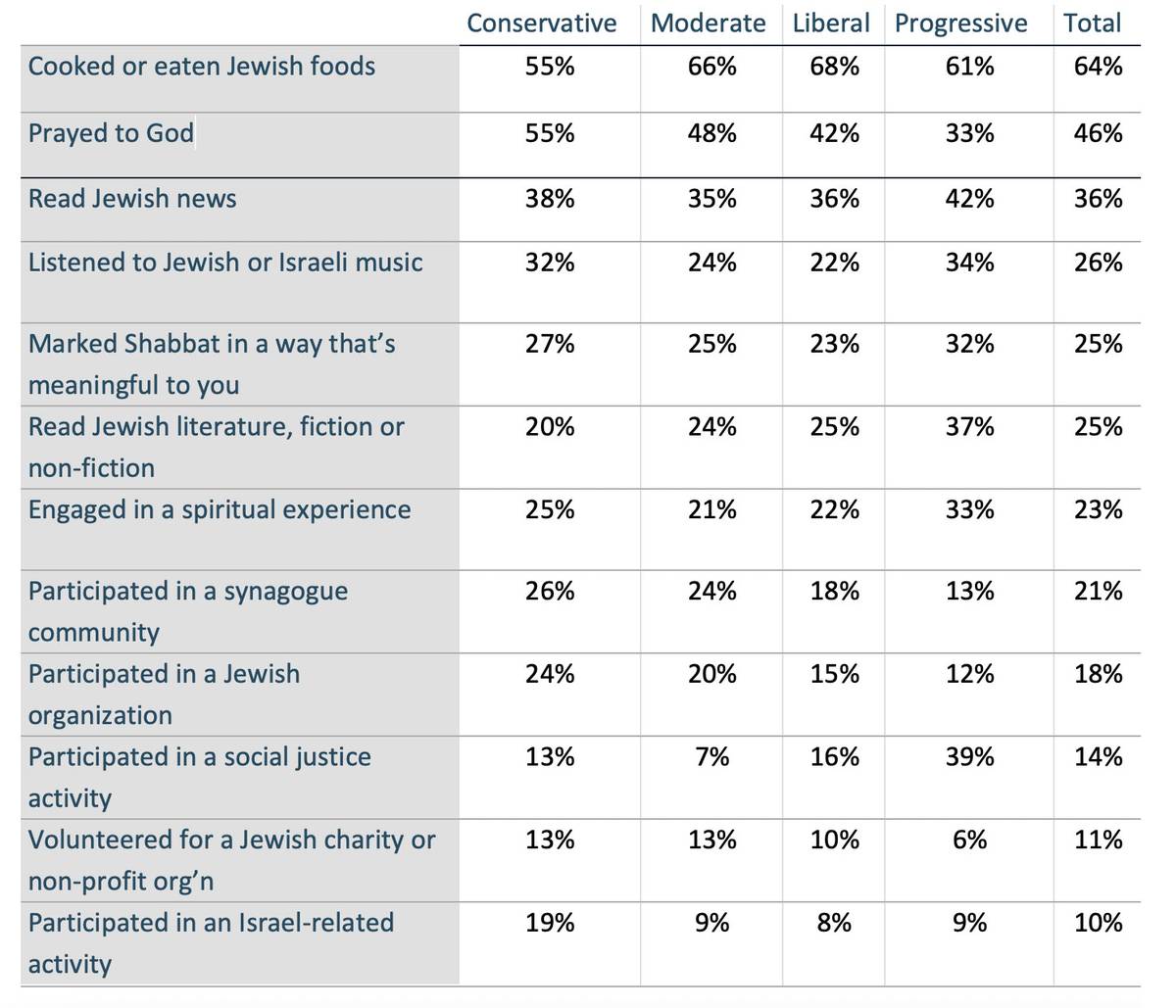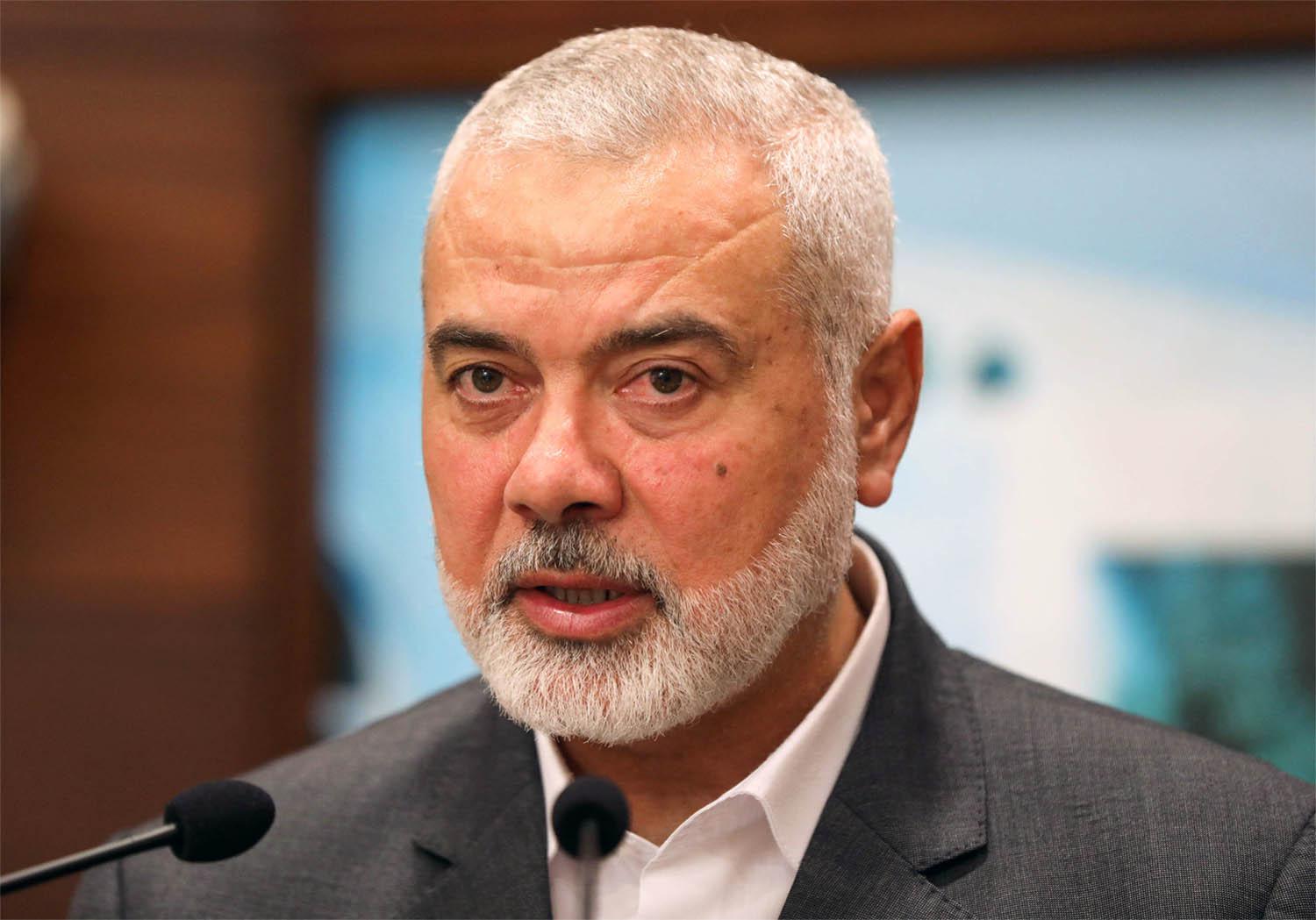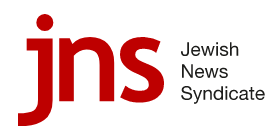 Izrael rozważa reakcję po zamieszkach w Tel Awiwie, w wyniku których 170 osób zostało rannych
Izrael rozważa reakcję po zamieszkach w Tel Awiwie, w wyniku których 170 osób zostało rannych
JNS.org
Netanjahu powołuje specjalny zespół ministerialny, aby rozważyć dalsze posunięcia państwa po tym, jak protest osób ubiegających się o azyl z Erytrei stał się brutalny, w wyniku czego 49 funkcjonariuszy policji zostało rannych.
.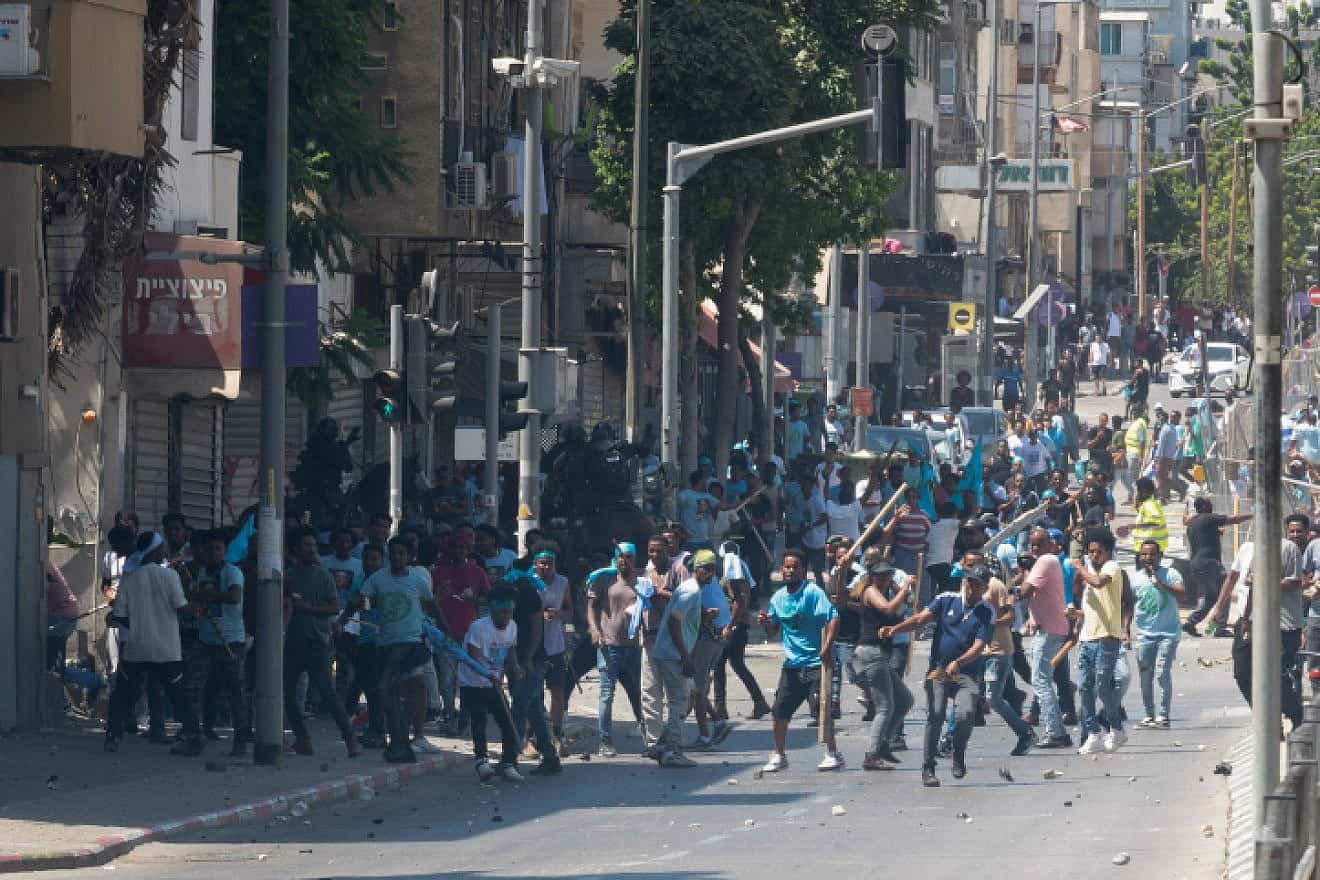 Erytrei ubiegający się o azyl starcia z izraelską policją w południowym Tel Awiwie, 2 września 2023 r. Zdjęcie: Omer Fichman/Flash90.
Erytrei ubiegający się o azyl starcia z izraelską policją w południowym Tel Awiwie, 2 września 2023 r. Zdjęcie: Omer Fichman/Flash90.
Izraelscy ministrowie spotkali się w niedzielę rano, aby omówić reakcję rządu na brutalne zamieszki, które miały miejsce poprzedniego dnia w Tel Awiwie pomiędzy rywalizującymi frakcjami Erytrei.
Ponad 170 osób zostało rannych, w tym 49 funkcjonariuszy policji, gdy demonstracja osób ubiegających się o azyl z Erytrei przeciwko wydarzeniom w ambasadzie Erytrei w południowej części miasta przybrała gwałtowny charakter.
Przeciw policji i innym uczestnikom zamieszek użyto kamieni, pałek i innej broni, a lokalne firmy i zaparkowane pojazdy zostały zniszczone.
תיעוד: עימותים אלימים בדרום תל אביב בין מתנגדי לתומכי המשטר באריתראה@hadasgrinberg pic.twitter.com/dwgqWoOYly
— כאן חדשות (@kann_news) September 2, 2023
Według policji funkcjonariusze użyli narzędzi do rozproszenia zamieszek, w tym gazu łzawiącego, ale gdy okazały się one nieskuteczne, w obawie o swoje życie użyli ostrej amunicji. Dokonano trzydziestu dziewięciu aresztowań, a w nadchodzących dniach spodziewane są kolejne. W sprawie zdarzenia wszczęto wewnętrzne śledztwo policji.
W następstwie zamieszek i zmiażdżenia rannych osób wymagających leczenia szpitalnego organizacja reagowania kryzysowego Magen David Adom zaapelowała do społeczeństwa o oddanie krwi, a w sobotę wieczorem w szpitalu Ichilov (Centrum Medyczne Sourasky w Tel Awiwie) zebrały się tłumy. Dyrektor szpitala, profesor Ronni Gamzu, powiedział wcześniej, że szpital ma do czynienia z wypadkiem masowym.
Stan jednego z funkcjonariuszy szpitala Sheba Medical Center w Ramat Gan został uznany za ciężki po tym, jak lekarze usunęli mu z głowy część kuchenki kempingowej.
„W następstwie poważnych zamieszek w Tel Awiwie premier Benjamin Netanjahu podjął decyzję o zwołaniu specjalnego zespołu ministerialnego w celu zbadania środków, jakie należy podjąć przeciwko nielegalnym infiltratorom, którzy brali udział w zamieszkach, w tym kroków prowadzących do deportacji” – podało Biuro Premiera w oświadczeniu. oświadczenie.
Jak wynika z odczytania jego uwag, podczas spotkania Netanjahu powiedział, że sobotnia przemoc „przekroczyła czerwoną linię”.
„Te zamieszki, rozlew krwi to rzeczy, których nie możemy tolerować” – kontynuował premier.
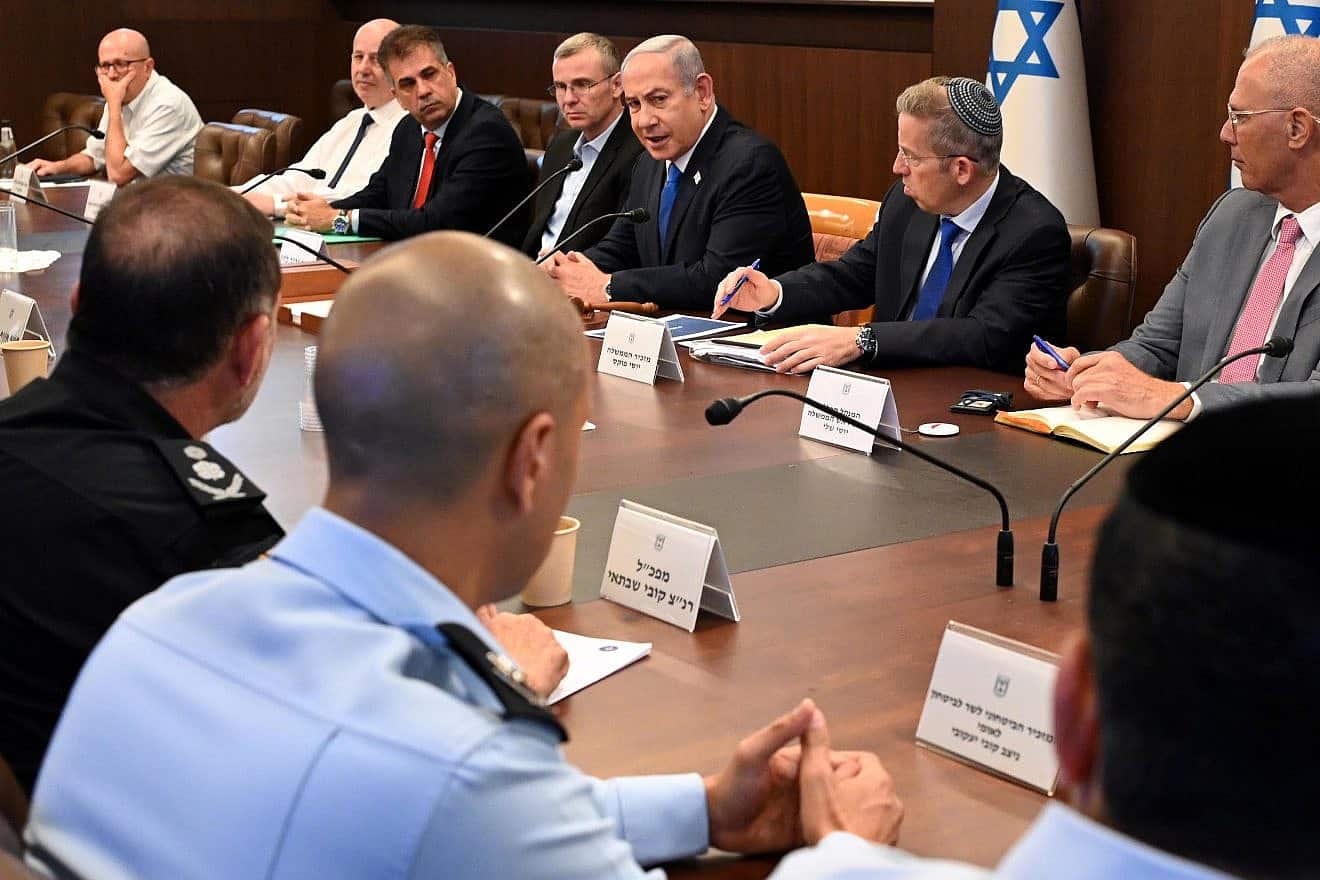 Israeli Prime Minister Benjamin Netanyahu convenes a special ministerial meeting on the Tel Aviv riots, Jerusalem, Sept. 3, 2023. Photo by Haim Zach/GPO.
Israeli Prime Minister Benjamin Netanyahu convenes a special ministerial meeting on the Tel Aviv riots, Jerusalem, Sept. 3, 2023. Photo by Haim Zach/GPO.
„Dlatego pierwszą rzeczą, którą robię, jest życzenie pełnego powrotu do zdrowia policjantom, którzy odnieśli obrażenia podczas przywracania porządku. Dążymy do podjęcia zdecydowanych kroków przeciwko uczestnikom zamieszek, w tym do natychmiastowego wydalenia tych, którzy wzięli udział. Trudno mi zrozumieć, dlaczego mielibyśmy mieć problem z tymi, którzy deklarują, że wspierają reżim; z pewnością nie mogą ubiegać się o status uchodźcy.
„Chciałbym również, aby to forum przygotowało kompletny i zaktualizowany plan repatriacji wszystkich pozostałych nielegalnych infiltratorów z Państwa Izrael; taki jest cel naszego dzisiejszego spotkania.”
Netanjahu przypisał ogrodzeniu bezpieczeństwa zbudowanemu na granicy Synaju zatrzymanie infiltratorów z Afryki, którzy, jego zdaniem, „stanowili namacalne zagrożenie dla przyszłości Izraela jako państwa żydowskiego i demokratycznego”. Wskazał także palcem na Sąd Najwyższy, pełniący funkcję Wysokiego Trybunału Sprawiedliwości, za blokowanie wysiłków na rzecz znalezienia rozwiązania.
Netanjahu powtórzył opinię innych członków koalicji rządzącej, którzy w sobotę oskarżyli Sąd Najwyższy o stworzenie sytuacji, która doprowadziła do zamieszek.
„Jeśli ktoś miał wątpliwości, dlaczego reforma [sądu] jest tak ważna i o co walczymy, otrzymał dziś miażdżącą odpowiedź” – powiedział minister sprawiedliwości Yariv Levin.
„Walczymy o to, żeby państwo było żydowskie i demokratyczne. Na prawo mieszkańców południowego Tel Awiwu i Ejlatu do bezpiecznego życia. Że południowy Tel Awiw nie zamieni się w Dziki Zachód. Rząd, a Kneset na przestrzeni lat uchwalił wiele przepisów mających zaradzić zjawisku infiltratorów, ale Wysoki Trybunał raz po raz odrzucał te posunięcia” – powiedział.
Erytrejczycy wzięli ostatnio udział w zamieszkach w innych miastach na całym świecie, w tym w sobotę w Calgary w Kanadzie. W zeszłym miesiącu w Sztokholmie protestujący przeciwko reżimowi wtargnęli na erytrejski festiwal w stolicy Szwecji, w wyniku czego ponad 50 osób zostało rannych, a dziesiątki aresztowano.
Zarówno w Sztokholmie, jak i w Tel Awiwie przeciwnicy reżimu Erytrei zostali upoważnieni do zorganizowania protestów, zanim zapanował chaos.
Organizacje praw człowieka opisują kraj Rogu Afryki jako jeden z najbardziej represyjnych na świecie od czasu oderwania się od sąsiedniej Etiopii trzydzieści lat temu. Rządzi nim prezydent Isaias Afwerki. Wielu uciekło przed obowiązkowym poborem do wojska.
Głównym tematem starć są wydarzenia z tego roku, w których przypada 30. rocznica oddzielenia się Erytrei od Etiopii.
Zawartość publikowanych artykułów i materiałów nie reprezentuje poglądów ani opinii Reunion’68,
ani też webmastera Blogu Reunion’68, chyba ze jest to wyraźnie zaznaczone.
Twoje uwagi, linki, własne artykuły lub wiadomości prześlij na adres:
webmaster@reunion68.com




